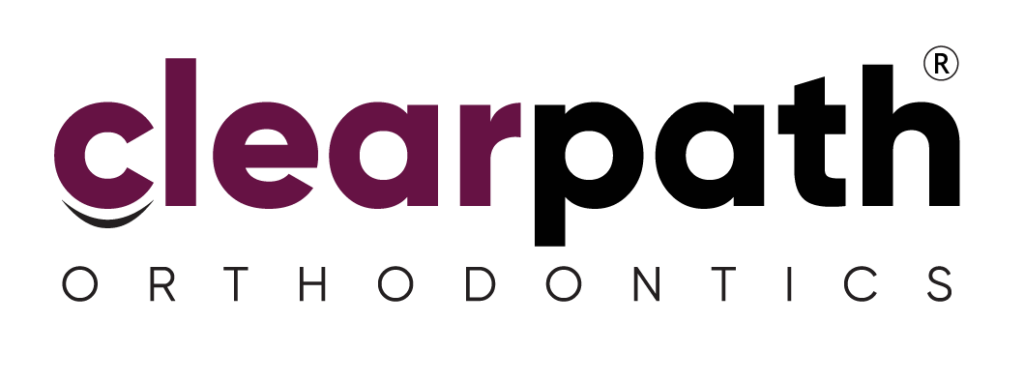Straighten Your Smile with Precision
Tackle Overjet and Overbite Effortlessly
Get Started
with Your Perfect Smile!
Overjet and Overbite: A Clear Aligner Guide to a Confident Smile
A smile is more than just a facial expression—it’s a reflection of your confidence, personality, and overall oral health. If you’re unhappy with your smile because of misaligned teeth, you might be dealing with overjet or overbite. These common dental issues affect millions globally and go beyond aesthetics, potentially leading to oral health complications.
This comprehensive Clear Aligner Guide will help you understand the causes, differences, and treatments for overjet and overbite—and how ClearPath Orthodontics can help you achieve your dream smile.
Read More: How to Manage Clear Aligners While Fasting
What is Overjet?
Overjet is when your upper front teeth protrude outward, creating a horizontal gap when biting down. Commonly known as “buck teeth,” it often affects both appearance and oral function.
Normal overjet is about 2 mm. Anything beyond that can disrupt your ability to chew, speak, or smile confidently.
What is Overbite?
An overbite occurs when your upper front teeth excessively overlap your lower teeth vertically. Sometimes referred to as a “deep bite,” it can lead to jaw discomfort, excessive tooth wear, and aesthetic issues.
Many individuals have both conditions simultaneously, requiring customized treatment.
Causes of Overjet
Genetics: Family history of jaw size discrepancies.
Thumb Sucking: Prolonged childhood habits.
Tongue Thrusting: Habitual pushing of the tongue against teeth.
Tooth Loss or Trauma: Missing teeth and facial injuries.
Causes of Overbite
Genetic Factors: Misaligned jaw growth.
Childhood Habits: Thumb sucking, pacifier overuse.
Tooth Size and Crowding: Improper alignment.
Problems Caused by Overjet & Overbite
Aesthetic Concerns
Self-consciousness
Reduced self-esteem
Oral Health Issues
Tooth decay and gum disease
Difficulty cleaning misaligned teeth
Functional Problems
Trouble biting, chewing, or speaking
Jaw pain and headaches
Risk of Temporomandibular Joint Disorder (TMD)
Read More: Clear Aligner Travel Hacks for People on the Go
How to Treat Overjet and Overbite
Treatment varies depending on severity and age. Here are the most common options:
Traditional Braces
Metal brackets and wires
Effective but less aesthetic and more discomfort
Orthodontic Appliances
Headgear, expanders, retainers
Used in mild to moderate cases
Surgery
Reserved for severe skeletal discrepancies
Invasive but often life-changing
Clear Aligners (Recommended)
Custom-made, removable trays
Comfortable, discreet, and effective
How Clear Aligners Help
Clear aligners from ClearPath Orthodontics offer a revolutionary, non-invasive way to treat both overjet and overbite:
- Discreet: Virtually invisible
- Removable: Eat, drink, brush, and floss with ease
- Custom-fit: Tailored to your unique dental structure
- Efficient: Shorter treatment time compared to traditional braces
Specific Solutions
| Condition | Treatment Tools Used |
|---|---|
| Posterior Overjet | Expansion screws or buttons |
| Anterior Overjet | Elastics or hooks |
| Single Tooth Overjet | Attachments or ridges |
| Deep Overbite | Bite ramps or turbos |
| Shallow Overbite | Elastics or hooks |
Benefits of Clear Aligners
Enhanced Aesthetics: Straighter, more appealing smile
Better Oral Hygiene: Easier cleaning than braces
Fewer Appointments: Less time in the dentist chair
Comfort: No wires or sharp brackets
Boosted Confidence: Smile freely at every stage
Before & After: Real Results
How to Get Started
Step 1: Book a consultation with ClearPath Orthodontics
Step 2: Receive a customized treatment plan
Step 3: Begin your aligner journey
Step 4: Enjoy visible results and a healthier smile
Conclusion
Overjet and overbite don’t just affect how you look—they impact your health, confidence, and everyday life. Thanks to ClearPath Orthodontics, you don’t have to settle for discomfort or insecurity. Clear aligners offer a modern, effective, and personalized solution.
Take control of your smile today. Start your journey with ClearPath and unlock the confidence you deserve.
